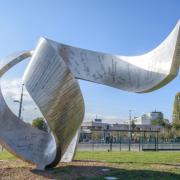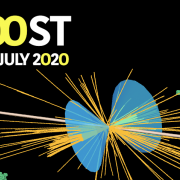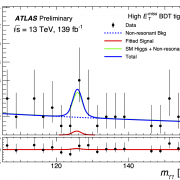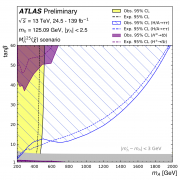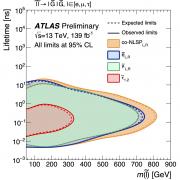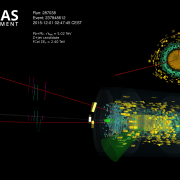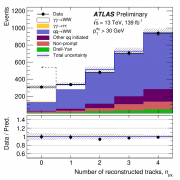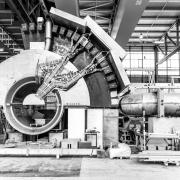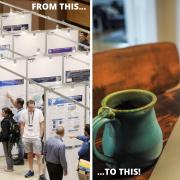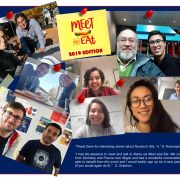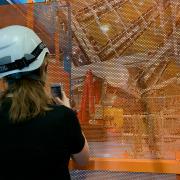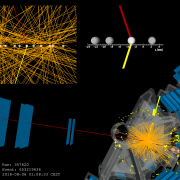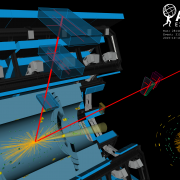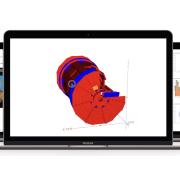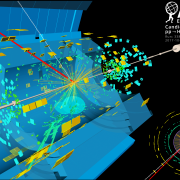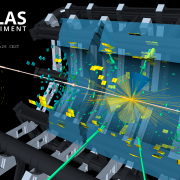Access to Collaboration Site and Physics Results
Updates tagged: “photon”
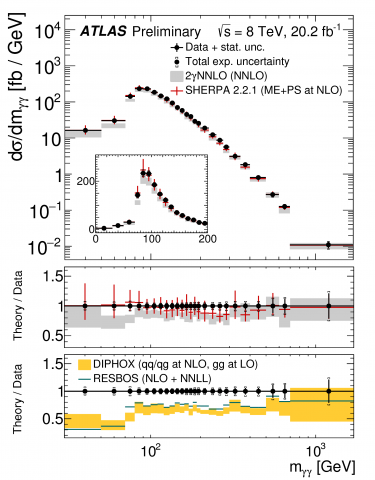
Improving our understanding of photon pairs
High-energy photon pairs at the LHC are famous for two things. First, as a clean decay channel of the Higgs boson. Second, for triggering some lively discussions in the scientific community in late 2015, when a modest excess above Standard Model predictions was observed by the ATLAS and CMS collaborations.

High-mass di-photon resonances: the first 2016 ATLAS results
One of the highlights of last year’s physics results was the appearance of an excess in the search for a new particle decaying into two photons ("the di-photon channel"). New results in this channel were presented at the ICHEP conference in Chicago on Friday, 5 August.
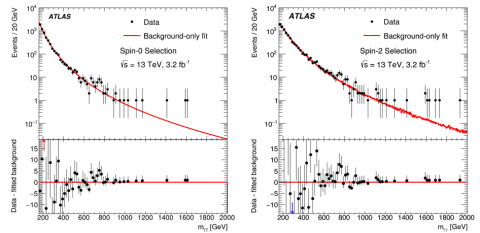
Di-photons in the spotlight
The ATLAS collaboration has now released the final results on the search for new physics in the di-photon channel using 2015 data.
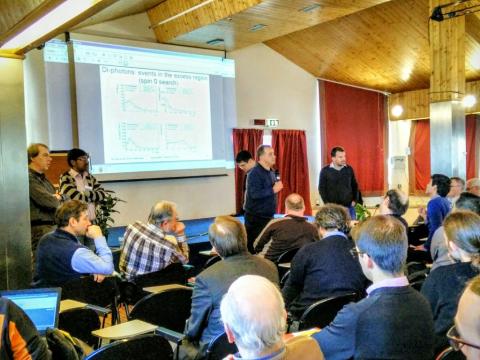
Bumps in the light
Here we are at the second blog from the Moriond QCD conference and, as promised, I will discuss a bit of physics.

Searching beyond the Standard Model with photon pairs
The ATLAS Collaboration uses two selections in this search, one optimised for Higgs-like particles that are expected to have a strong signal compared to background with both photons in the central region of the detector (the “spin-0” selection) and a second optimised for graviton-like particles (the “spin-2” selection) which often have at least one photon close to the LHC proton beam axis.
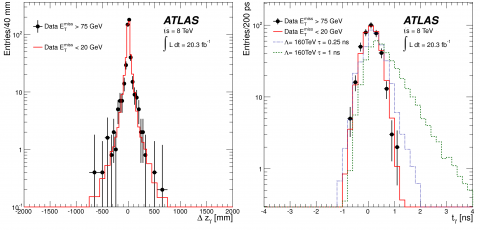
Searches for new physics with photons produced at vertices displaced from the collision point
Theories, such as supersymmetry, propose the existence of new types of particles to explain important questions about the universe, such as the nature of dark matter. ATLAS has performed a search for one such type – exotic heavy particles that have lifetimes long enough that they travel partway through the detector before decaying, at what is called a displaced vertex.
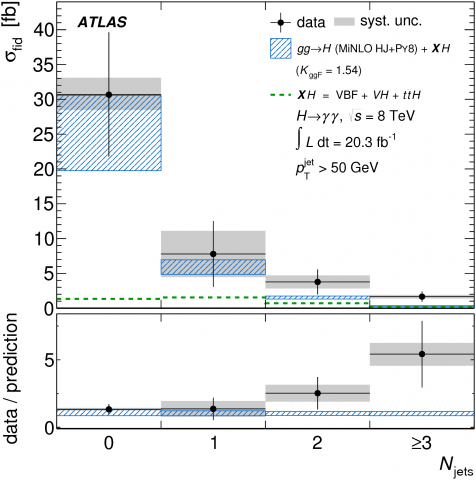
Probing Higgs boson production properties
ATLAS has measured properties of events likely to contain a Higgs boson, in order to get a better understanding of the frequency and manner in which they are produced. The study specifically examines the fiducial and differential cross sections for Higgs bosons that decay into two photons or into two Z bosons, using proton-proton collisions recorded by ATLAS in 2012.


